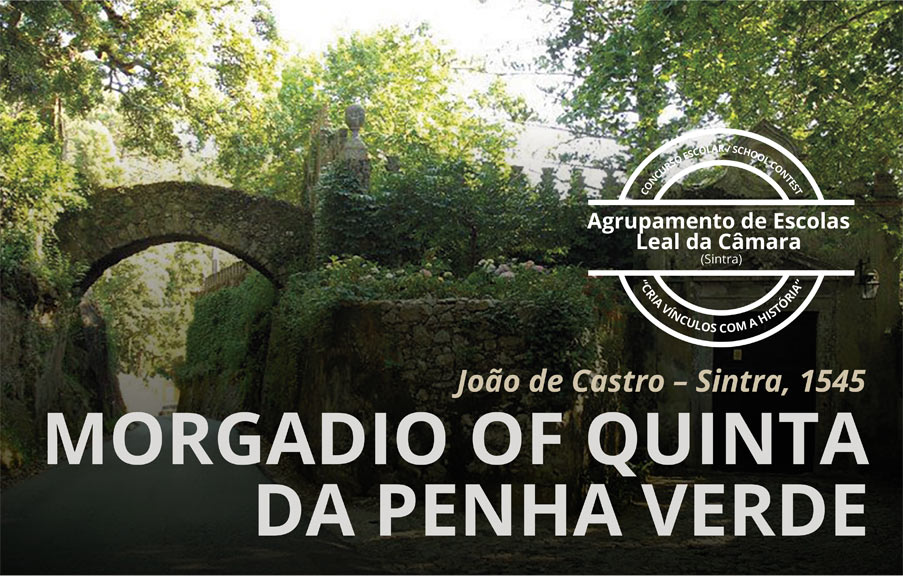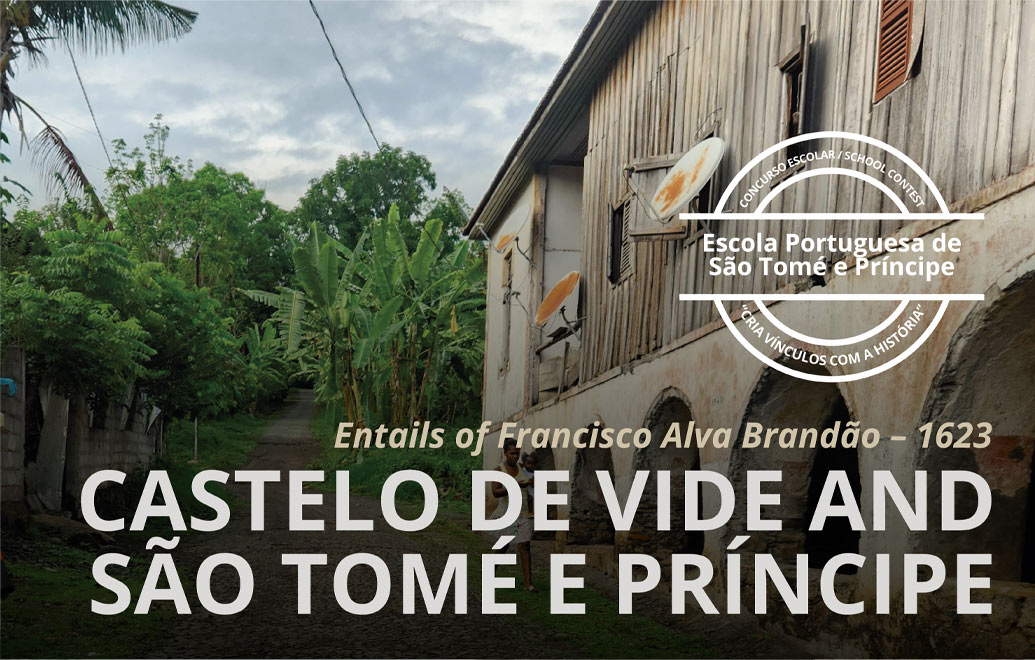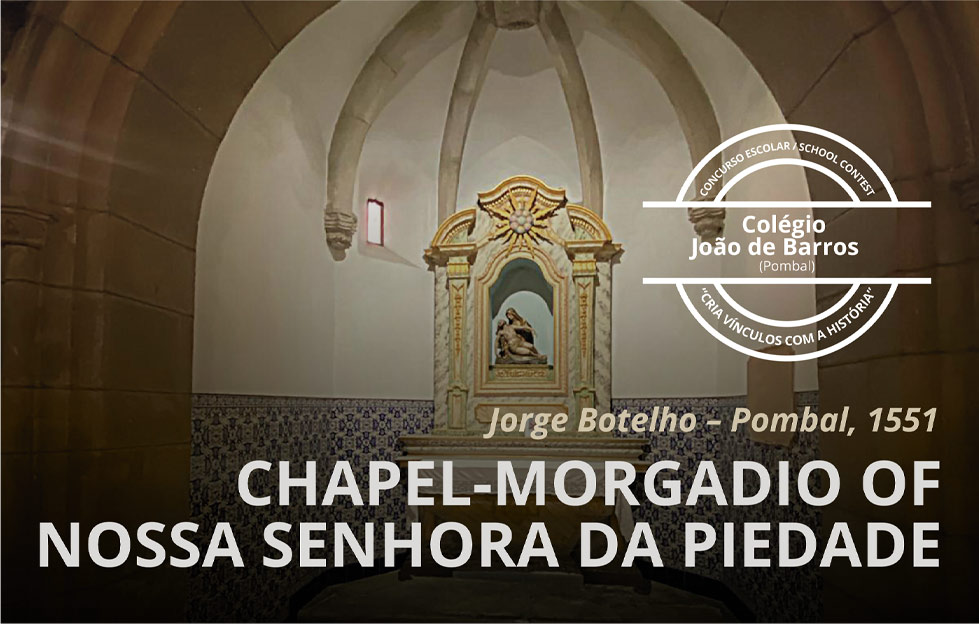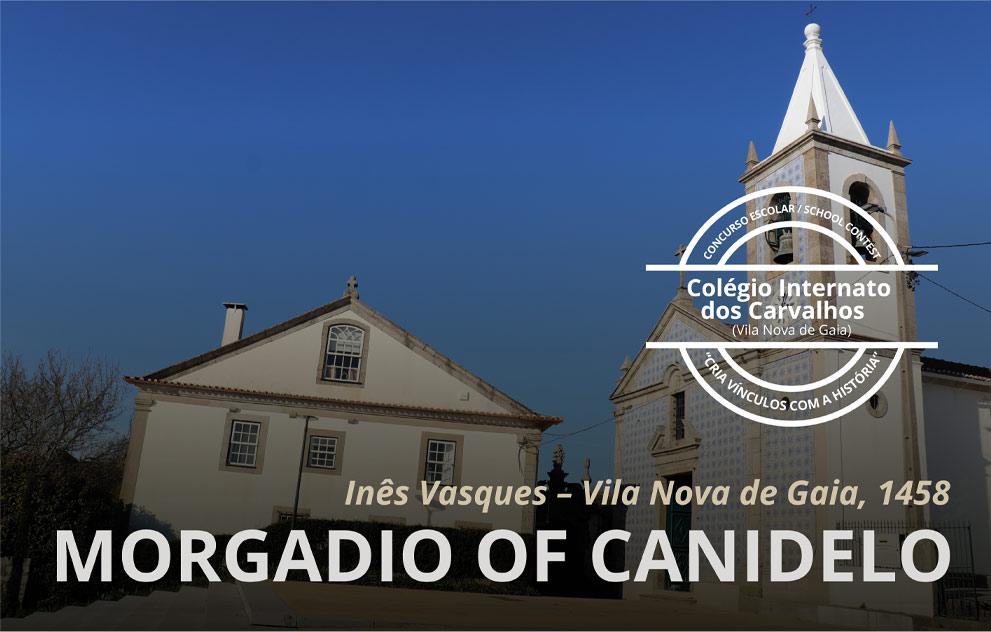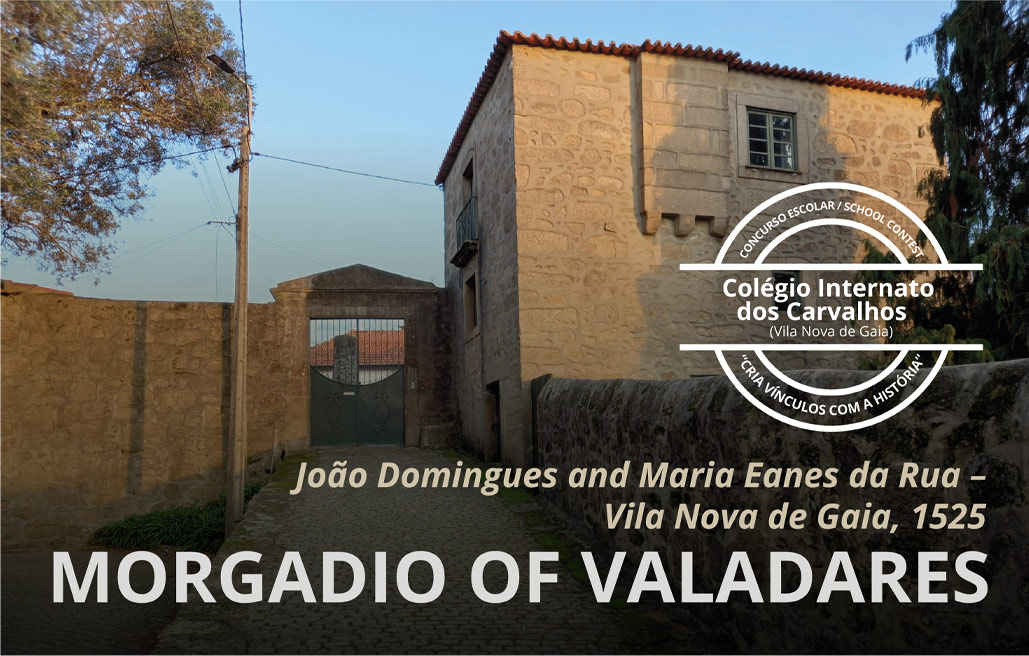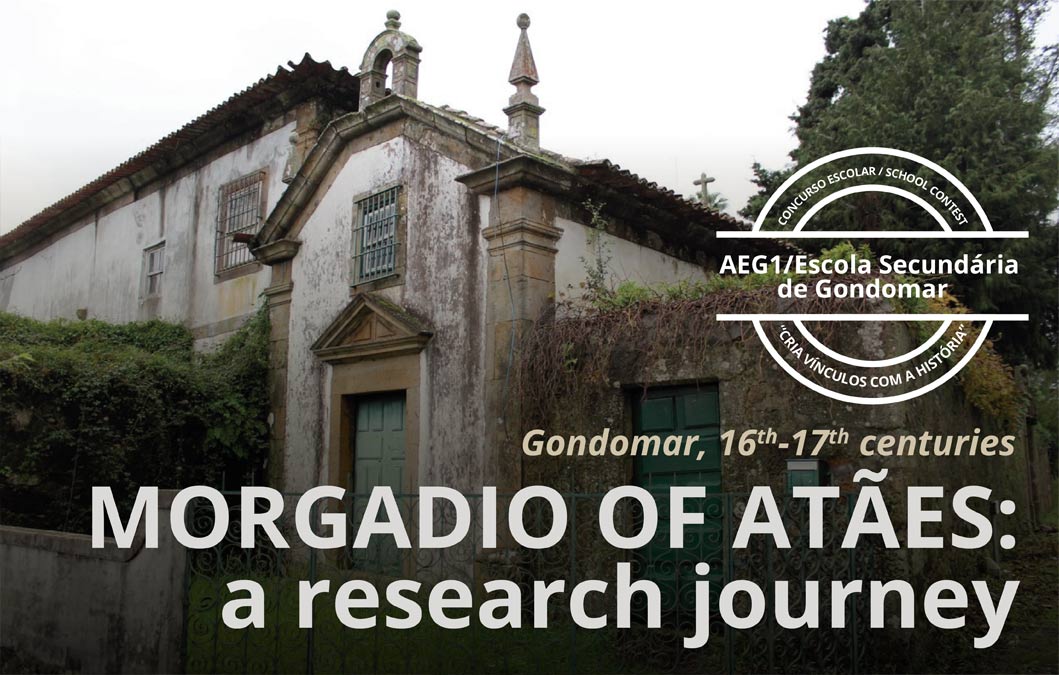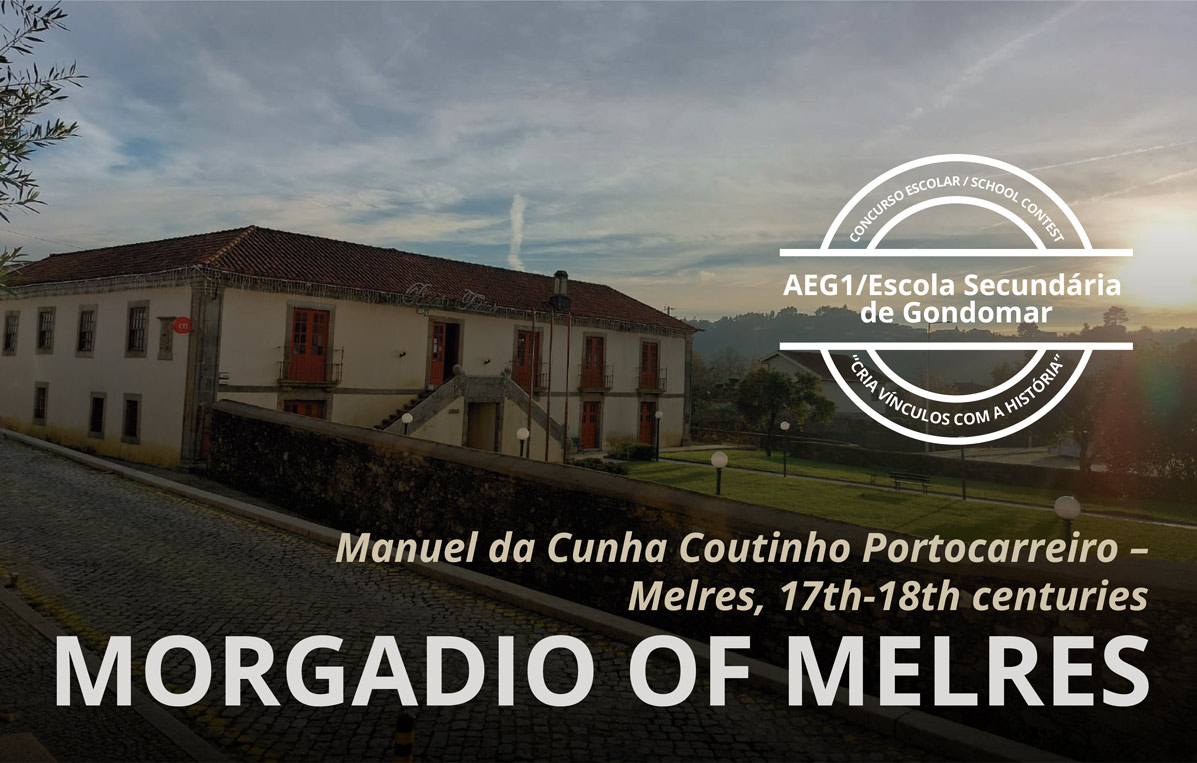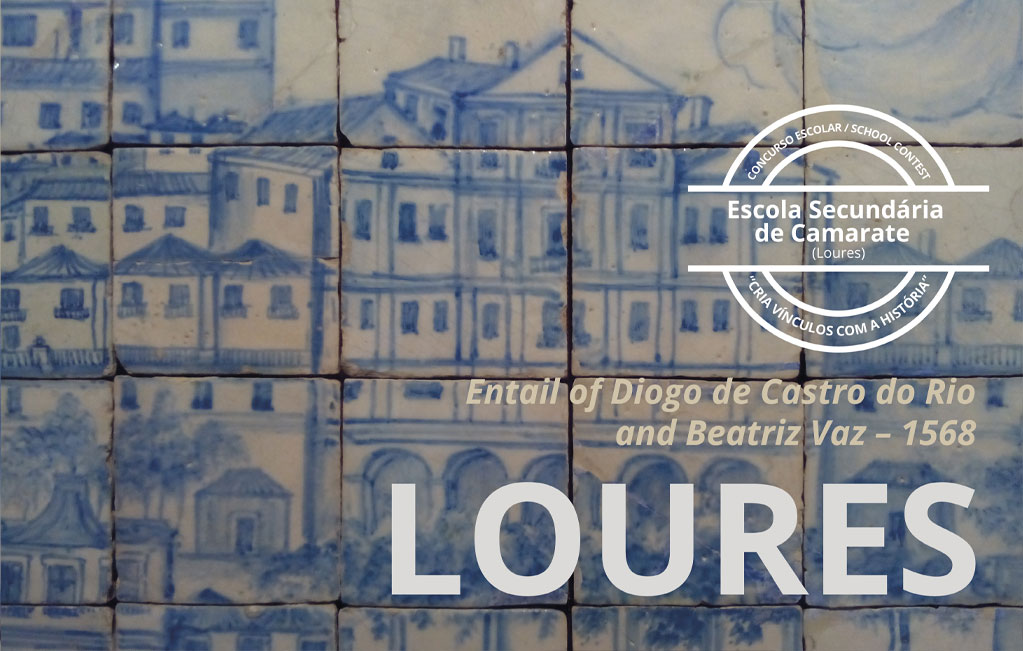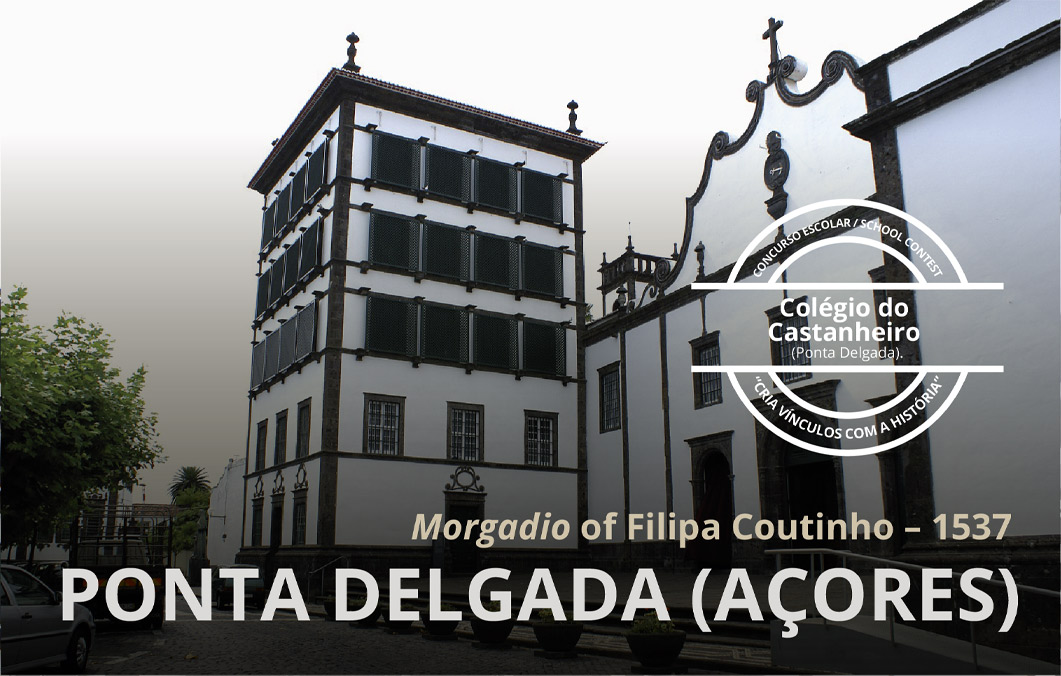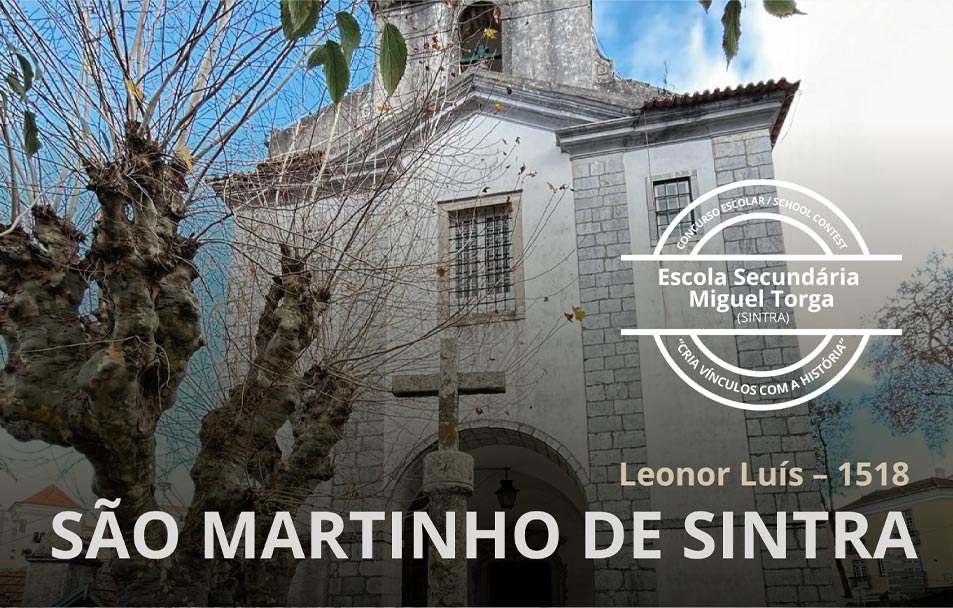Entail of the month (October, 2024)
Entails of Francisco Alva Brandão (1623)
Between Castelo de Vide and São Tomé e Príncipe
The entails founded by Francisco Alva Brandão established more than a family lineage or a connection with local heritage: they provided a link between what are now two autonomous states and made it possible to highlight the legacy of a joint past between São Tomé e Príncipe and Portugal.
Francisco Alva Brandão’s will, drawn up in 1623, in which he established his entails, dates back to the first quarter of the 17th century, a period when the role of the São Tomé e Príncipe archipelago was undergoing significant changes (ADP, Provedoria da Comarca de Portalegre, Liv. 12, fls. 14v-28v). With the effective occupation of Brazil during the 1600s and the sugar production centred on that colony, São Tomé’s role had changed. Although it remained an important sugar production centre, there was a clear reformulation of the Portuguese colonial exploration policy and of São Tomé’s role (CALDEIRA, 2008: 50-51).
[Fig. 1] Main façade of the chapel in Castelo de Vide.
Francisco Alva Brandão was originally from Castelo de Vide, in the south of Portugal, and belonged to a family clan of new-christians. Aiming to make fortune, he settled with Manuel Alva Guevara in the island of São Tomé, where he bought three sugar estates. As mentioned in his will, they were: Ponta Figo, Rovima and Santa Catarina. As a result of crimes linked to embezzlement of money from the Royal Treasury, Francisco Alva Brandão was imprisoned in the island’s prison when he was contracting feitor of São Tomé. It was in this difficult situation that he wrote the will we are now studying (AHU, Conselho Ultramarino, São Tomé, Cx. 2, doc. 162).
The will was written in 1623 by Father Simão Tavares Riscado, and the document come down to us through a later copy, made by Diogo de Ferreira, a public notary in São Tomé e Príncipe. In this emotional document, Francisco Alva Brandão sought to perpetuate his memory. He also dealt with material aspects, as is customary in this trance. As well as listing the estates that would be left to his wife, Catarina Luís, he commissioned labour in Portugal to meet any of her needs for work on the estates when she inherited them. He also listed various legacies for his mother, sister and other family members.
Francisco Alva Brandão ordered the construction of three chapels. The first, to which he entailed his sugar plantation, would be at the seat of the morgadio, in Ponta Figo. He appointed his brother Mateus de Alva as administrator, establishing male succession and the inalienability of the property.
[Fig. 2] Detail of the Ponta Figo farm today.
The second chapel was to be built in the kingdom, in his hometown of Castelo de Vide, in the Convent of the Capuchos (now the church of São Francisco). It is referred to as the “Chapel of Portugal” and Francisco wanted his bones to be transferred there. He appointed his brother-in-law Roque Nunes Barradas, married to his sister Violante Brandão, as administrator, and the chapel was to be inherited by the couple’s male heirs. Masses were to be said in it for his soul and for the memory of his father and mother; necessary expenses were to be financed by the administrators of the chapel of Ponta Figo de São Tomé, who were to send the sum of 1000 cruzados from the farms’ income to the chapel of Castelo de Vide. The link between the first chapel mentioned above, built in São Tomé, and the second, built in the kingdom, is a fundamental element of Francisco Alva Brandão’s entails. This link is paradigmatic and mirrors the way in which Francisco Alva Brandão’s links established the connection between Portugal and São Tomé.
The last chapel established in São Tomé was to be founded by his sister, Violante Brandão, to whom Francisco left a conto de réis (a huge amount of money by the epoch’s standards) to buy farms and to establish the entail, which could be inherited by a son or daughter. It is not known where this chapel was founded.
[Fig. 3] Ponta Figo estate (landscape detail). In the image is Pico de São Tomé, the highest point in the archipelago at 2200 metres.
There are currently no traces in São Tomé of the chapels left in legacy by Francisco Alva Brandão. However, the Ponta Figo estate shows signs of occupation as a cocoa plantation in the 19th and 20th centuries. The chapel established in Portugal can be seen in the church and convent of São Francisco, in Castelo de Vide.
In short, the case of Francisco Alva Brandão is paradigmatic of the legacies left in the former territories of the Portuguese empire. His will brings new elements of great importance to our knowledge of a local society, in contact with the kingdom he had left behind and, in particular, of people who were part of vast intercontinental networks of trade and sociability.
This “Entail of the Month” was created as part of the “Cria Vínculos com a História” competition.
School: Escola Portuguesa de São Tomé e Príncipe.
Class: 11.º LH.
Teacher: Nuno Filipe Gonçalves Ferreira.
Students: Ana Freire, Analy Miguel, Carina Daniel, Djalson Cotú, Fábio Batista, Lawrence Neto, Rodrigo Cunha, Valentina Obiang.
Coordination: Maria de Lurdes Rosa, Miguel Rodrigues, Leonor Dias Garcia.
Sources and bibliography
Arquivo Distrital de Portalegre, Provedoria da Comarca de Portalegre, Liv. 12, fls. 14v-28v (ref.ª ADPTG-PCP-012-14v-28v).
Arquivo Histórico Ultramarino, Conselho Ultramarino, São Tomé, Cx. 2, doc. 162.
CALDEIRA, Arlindo Manuel – Mestiçagem, estratégia de casamento e propriedade feminina no arquipélago de São Tomé e Príncipe nos séculos XVI, XVII e XVIII. ARQUIPÉLAGO. História – Revista da Universidade dos Açores. Universidade dos Açores. ISSN 0871-7664. 2.ª série, vols. 11-12 (2007-2008), pp. 49-71. [15/02/2024] Available at http://hdl.handle.net/10400.3/624
CALHAU, Luís Projecto – Judeus de Castelo de Vide E Cristãos-Novos: da Identidade às Linhagens. Séculos XV-XIX. Tomo I. [S. l.]: Academia de Letras e Artes, 2018, pp. 257-263, 273-275.
Other entails of the month



